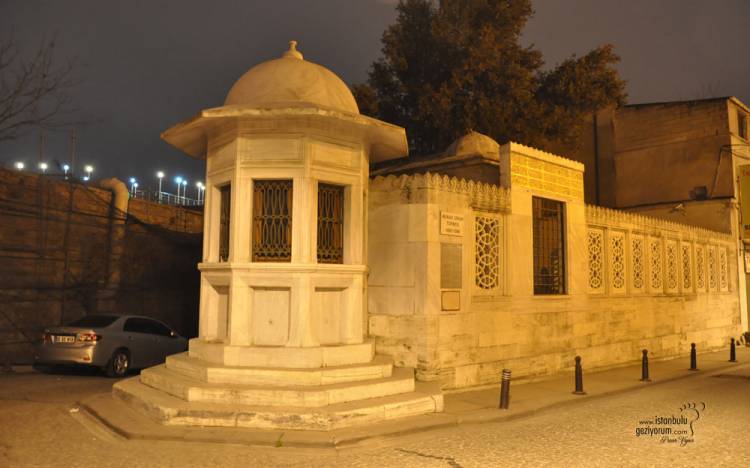The tomb is a little lower down after exiting the gate on the eastern side of the Süleymaniye Mosque (at the beginning of the Fatwa slope). His tomb is quite modest compared to the works he has done. Mimar Sinan was born in the village of Ağırnas in Kayse

The tomb is a little lower down the eastern side of the Süleymaniye Mosque after exiting the gate (the beginning of the Fatwa slope). His tomb is quite modest compared to the works he made. Mimar Sinan was born in the Ağırnas village of Kayseri in 1489. He came to Istanbul as a devshirme during the time of Yavuz. He joined the Janissary Corps during the time of Kanuni. Before becoming the chief architect, Mimar Sinan caught the attention of Kanuni with the works he made and with the support of Lütfü Pasha, he was made the chief architect. After becoming the chief architect, he reached the peak of art and made countless works. The most important of these are undoubtedly the Şehzadebaşı Mosque and complex, which was his apprenticeship work, the Süleymaniye Mosque, which was his journeyman work, and the Selimiye Mosque, which he built in Edirne, as his masterpiece. He did not only build mosques in the field of architecture, he also served as the architect of many works. He ensured that Hagia Sophia survived to this day, and had eighty-four mosques, fifty-two mescids, seven Dar'ül-Kuran, twenty tombs, seventeen soup kitchens, three Dar'üs-Sefa, five aqueducts, twenty caravanserais, thirty-six palaces, eight vaults, and forty-eight baths built. He has a total of 364 works. He had his tomb built himself. It is very plain. There is a fountain in the north part of the tomb.